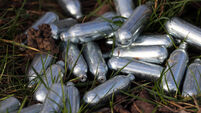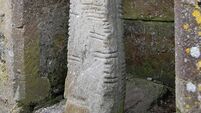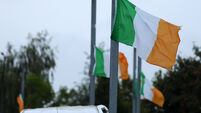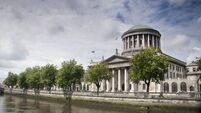Science and religion take centre stage for pupils
She said the biology section, which is many students’ preference, was particularly difficult. She felt that students were expected to show a greater understanding of the course material than the usual emphasis on practical experiments they have done in school, while photo-graphs were not in colour and some were unclear.
She felt the vocabulary in some questions was difficult for Junior Certificate students and said that a physics experiment in which copper is placed in hot and cold water was one candidates would not have seen, although they should have been able to apply knowledge from a particular topic to answer about it.













